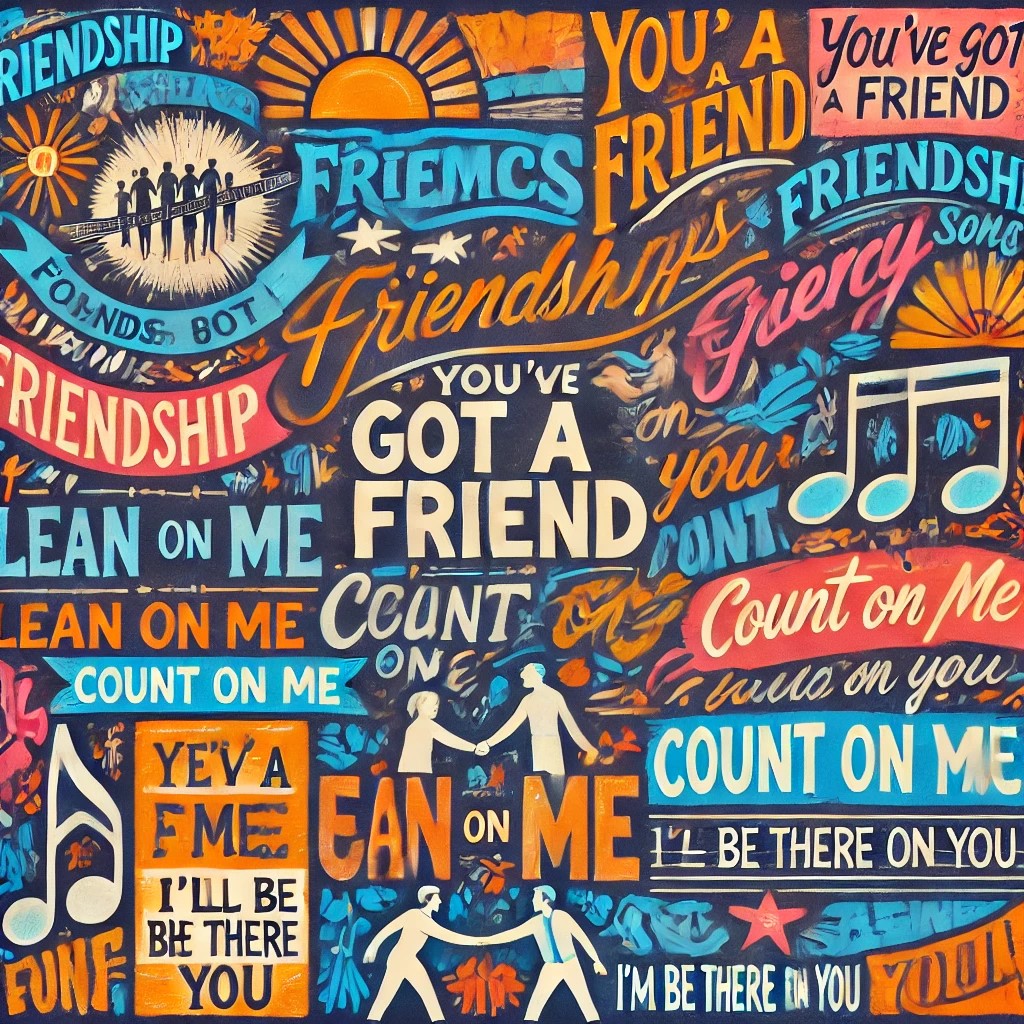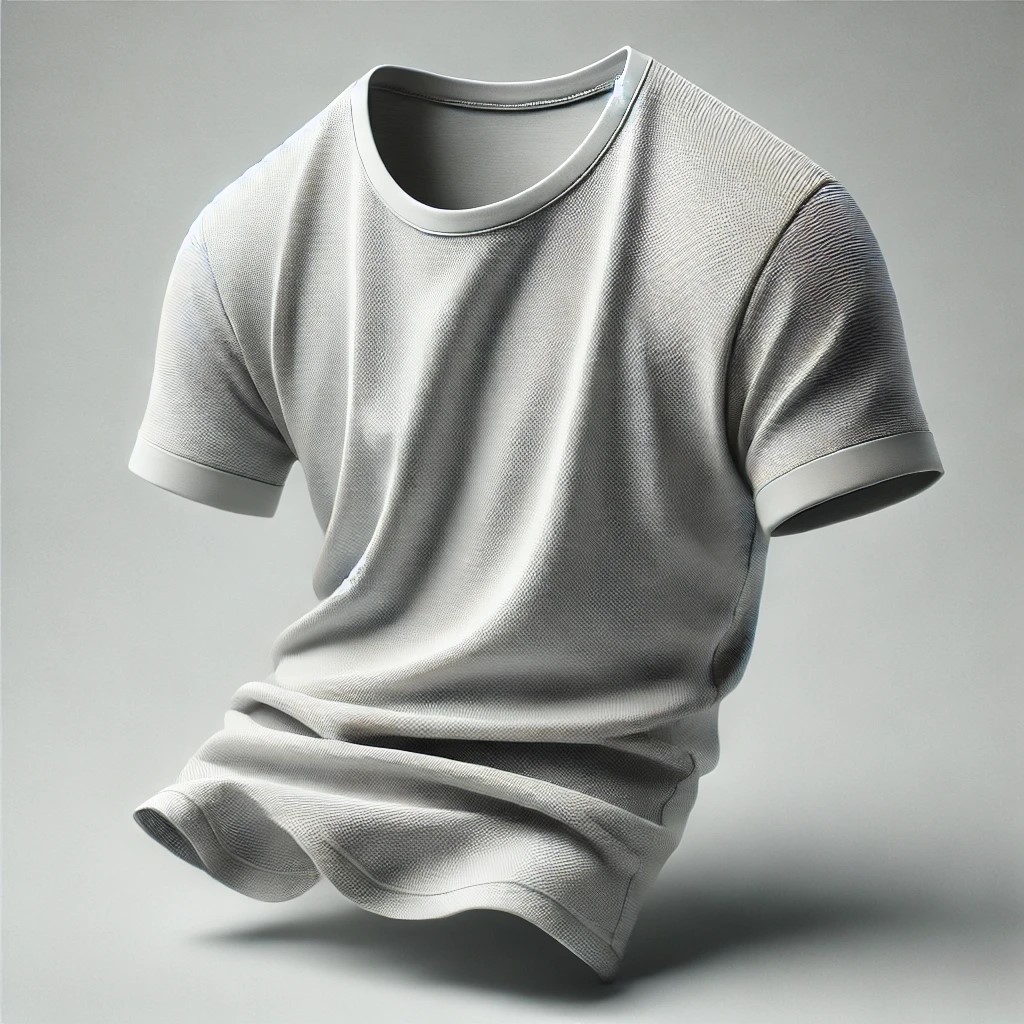What Are Some Famous Songs About Trains?
Trains have long captured the imagination of musicians, songwriters, and audiences alike. As a symbol of movement, adventure, and sometimes heartache, trains often appear in songs across various genres, reflecting themes of travel, freedom, and emotional journeys. In this article, we’ll explore some of the most famous songs about trains that have left a lasting impact on music history. These train band best songs span blues, folk, country, and rock, each using the metaphor of a train to tell compelling stories.

1. “Midnight Train to Georgia” – Gladys Knight & The Pips
One of the most iconic songs about trains is “Midnight Train to Georgia,” released by Gladys Knight & The Pips in 1973. This soulful ballad tells the story of a man who is leaving Los Angeles to return home to Georgia, giving up his dreams of fame and fortune. His partner decides to follow him, showing a powerful expression of love and devotion. The song topped the Billboard Hot 100 chart and won a Grammy Award, becoming an anthem of romantic commitment and sacrifice.
2. “Folsom Prison Blues” – Johnny Cash
Johnny Cash’s “Folsom Prison Blues” is another legendary song that features trains prominently. Released in 1955, the song narrates the story of a man serving time in prison and longing for the freedom symbolized by the sound of a train passing by. The line “I hear the train a comin’, it’s rolling ’round the bend” sets the tone for a song that juxtaposes the incarcerated man’s confinement with the train’s relentless movement and the freedom it represents.
3. “City of New Orleans” – Arlo Guthrie
Originally written by Steve Goodman and popularized by Arlo Guthrie in 1972, “City of New Orleans” is a nostalgic folk song about a train journey from Chicago to New Orleans. The song paints a vivid picture of the passengers and landscapes seen along the way, evoking a sense of melancholy and fading glory as passenger trains were declining in the U.S. The refrain, “Good morning America, how are you?” remains an enduring folk anthem.
4. “Train in Vain” – The Clash
Although “Train in Vain” by The Clash might not immediately seem like a song about trains, its lyrics use the imagery of a train to symbolize a sense of betrayal and abandonment. Released in 1979, the song became one of the band’s most successful tracks, blending punk with pop sensibilities. The metaphor of a train is subtly woven into the narrative of heartbreak and unfulfilled promises, giving the song a deeper emotional resonance.
5. “Last Train to Clarksville” – The Monkees
The Monkees’ “Last Train to Clarksville,” released in 1966, is a catchy pop tune with an underlying message of urgency and farewell. The song is about a man who asks his love to meet him before he leaves on the last train to Clarksville, possibly to serve in the Vietnam War. While upbeat in melody, the song conveys a bittersweet sense of time running out, and its train metaphor enhances the feeling of imminent departure.
6. “Mystery Train” – Elvis Presley
“Mystery Train” was recorded by Elvis Presley in 1955 and has since become one of the most well-known train songs in rock and roll history. Originally written by Junior Parker, the song uses the train as a symbol of love lost and the passing of time. The lyrics convey the protagonist’s despair as the train takes away his lover, creating a haunting sense of loneliness and desolation. Presley’s version remains a classic, showcasing his early rockabilly sound.
7. “Freight Train” – Elizabeth Cotten
“Freight Train,” written by folk musician Elizabeth Cotten, is a timeless song that captures the feeling of movement and escape. Cotten wrote the song in the early 20th century, and it became widely popular during the 1960s folk revival. The lyrics express a desire to be carried away by the train, reflecting the common theme of trains as a vehicle for freedom and new beginnings. Cotten’s simple, yet poignant guitar picking has made the song a folk standard.
8. “Long Train Runnin’” – The Doobie Brothers
“Long Train Runnin’,” released by The Doobie Brothers in 1973, is a high-energy rock song with a driving beat that mimics the rhythm of a moving train. While the song’s lyrics are somewhat ambiguous, they evoke the relentless movement of a train as a metaphor for life’s ongoing challenges. The song’s infectious groove and memorable harmonica line have made it a staple of classic rock radio.
9. “People Get Ready” – The Impressions
Written by Curtis Mayfield and released in 1965, “People Get Ready” is a gospel-influenced soul song that uses the imagery of a train to convey spiritual salvation and social justice. The “train to Jordan” mentioned in the song symbolizes the hope of deliverance and a better future, particularly during the Civil Rights Movement. The song has been covered by numerous artists and remains a powerful anthem of hope and unity.
10. “Night Train” – James Brown
James Brown’s “Night Train” is a funky instrumental track that became a signature piece for the “Godfather of Soul.” Released in 1961, the song was originally composed as a rhythm and blues instrumental by Jimmy Forrest but gained fame through Brown’s energetic performances. Although the song doesn’t have lyrics that mention trains directly, the title and the driving beat evoke the powerful image of a train moving through the night.
Conclusion
Trains have been a compelling symbol in music for over a century, representing everything from escape and adventure to heartache and loss. Whether it’s a soul ballad like “Midnight Train to Georgia,” a folk anthem like “City of New Orleans,” or a rock classic like “Long Train Runnin’,” these songs remind us of the enduring power of the train as both a literal and metaphorical vehicle for storytelling. Through their timeless appeal, train songs continue to resonate with listeners across generations.
If you’re looking to explore more music featuring the rhythmic and emotional pull of trains, these classics are the perfect place to start.







